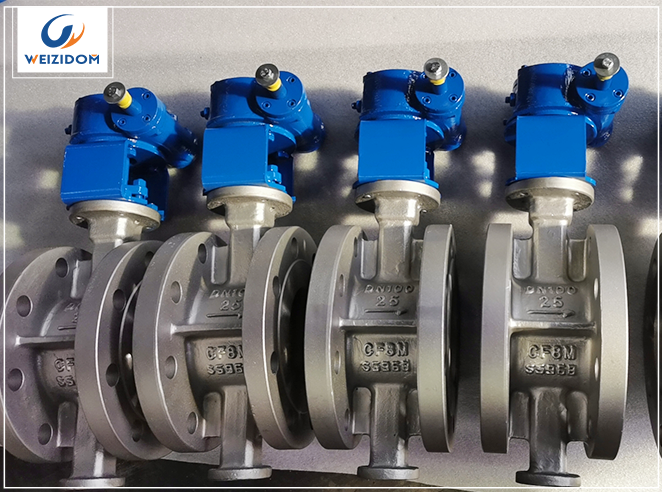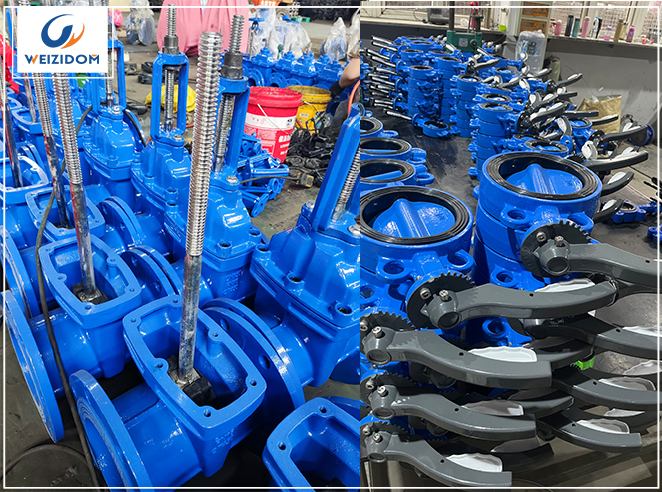-
The corrosion resistance of stainless steel gate valves is so good?
Gate valve is a general term and can be used in various positions in pipelines according to needs. For example, it can be used as a water valve in domestic water supply, fire protection systems and industrial water supply systems to control water flow, water temperature, etc.
READ MORE30
2025.03

-
What are the installation and contraindications for valves such as gate valves and butterfly valves?
During the installation process of gate valves, butterfly valves and other valves, the quality of the installation will directly affect the normal operation in the future, so you must pay attention to it. So, how to install gate valves and butterfly valves? Five key points for installing the five major valves: 1. Direction and location Many valves are directional: For example, stop valves, throttle valves, pressure reducing valves, check valves, etc., if installed upside down, will affect the use effect and life (such as throttle valves), or will not work at all (such as pressure reducing valves), or even Causing hazards (e.g. check valves). Generally, valves have direction marks on the valve body. If not, it should be correctly identified based on the working principle of the valve. The valve cavity of the stop valve is asymmetrical from left to right, and the fluid must pass through the valve port from bottom to top. In this way, the fluid resistance is small (determined by the shape), and it is labor-saving to open (because the medium pressure is upward). After closing, the medium does not press the packing, which is convenient for maintenance. , this is why the stop valve cannot...
READ MORE23
2025.03

-
What is rising stem gate valve?
The opening and closing parts of the rising stem gate valve is the gate plate, and the direction of motion of the gate plate is perpendicular to the fluid direction, and the open rod gate valve can only be fully opened and closed, and can not be adjusted and throttling.
READ MORE17
2025.03
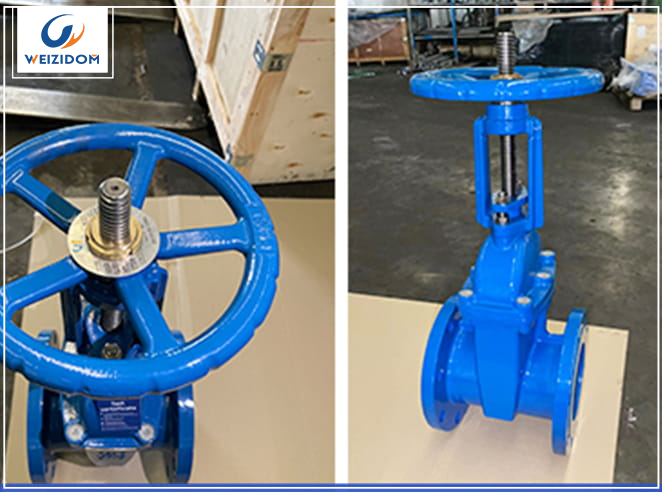
-
How to choose an efficient and durable butterfly valve in sewage treatment?
Valves are indispensable control elements in sewage treatment systems. They are used to control the flow, pressure and direction of water flow. Different working conditions and processing links require different types of valves.
READ MORE10
2025.03
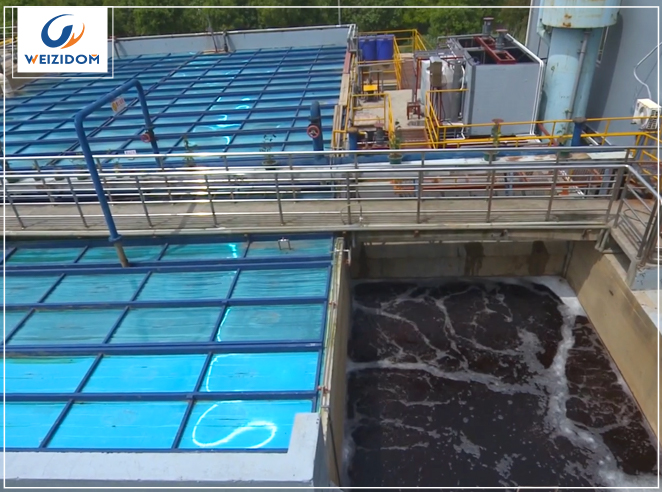
-
Understanding the Distinction: Wafer Butterfly Valve vs. Flange Butterfly Valve
In the realm of fluid control systems, butterfly valves play a crucial role in regulating flow. Among the varieties of butterfly valves available, the wafer butterfly valve stands out for its compact design and versatile application. The term "butterfly valve" refers to a valve that uses a circular disc or vane to regulate flow by pivoting on an axis perpendicular to the direction of flow.
READ MORE03
2025.03

-
What incorrect operations can cause butterfly valves to leak?
As an important fluid control component, butterfly valves are widely used in pipeline systems. However, the leakage problem of butterfly valves is often a headache, especially when it is operated incorrectly or improperly maintained, the risk of leakage will increase significantly.
READ MORE25
2025.02
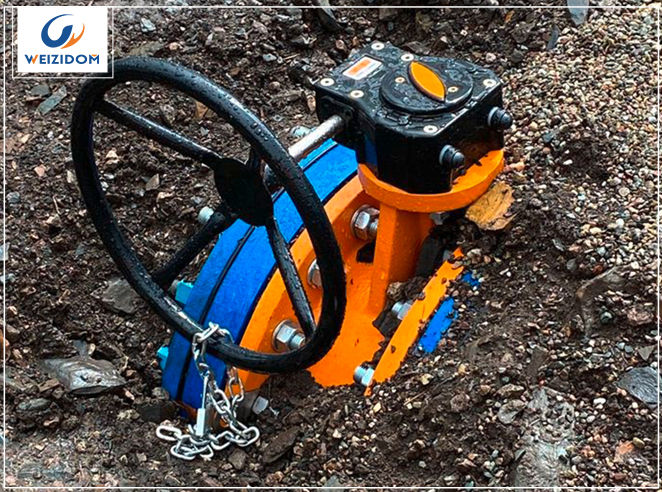
-
How should knife gate valves be maintained?
Knife gate valves are used to shut off a variety of solid-containing media applications, including oil sand slurries, pulp feedstocks, mines, wastewater treatment, power stations, and more. Routine maintenance and repairs are also very important to ensure normal use.
READ MORE19
2025.02
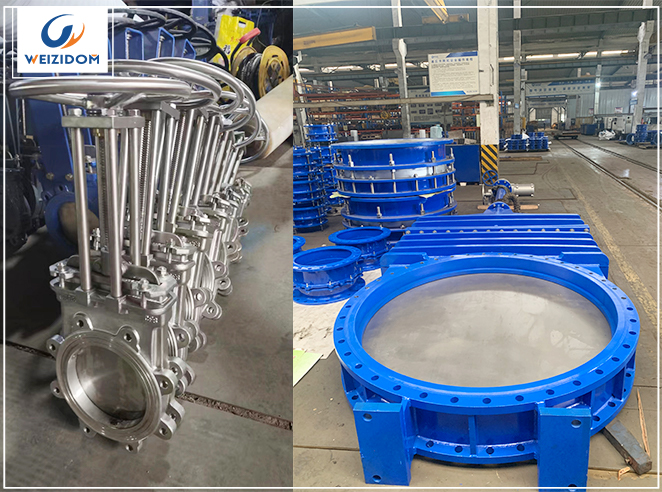
-
Why Choose a Butterfly Valve for Your Industrial Applications?
In the realm of industrial processes, selecting the right valve is crucial for efficiency, safety, and cost-effectiveness. Among the various types of valves available, butterfly valves stand out for their unique design and versatile application. But why should you choose a butterfly valve over other types? Let's explore the key reasons that make butterfly valves a preferred choice in various industries.
READ MORE14
2025.02
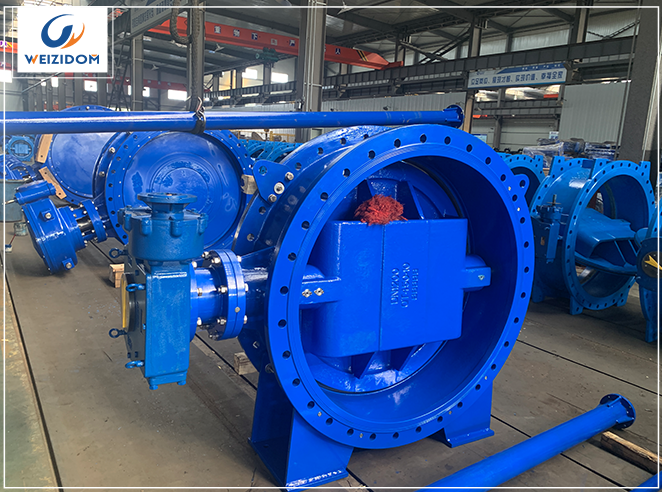
-
What are the characteristics of the valve sealing surface material should have?
Valve sealing surface is often subject to media corrosion, erosion, wear, so it is easy to damage the valve parts,
READ MORE10
2025.02
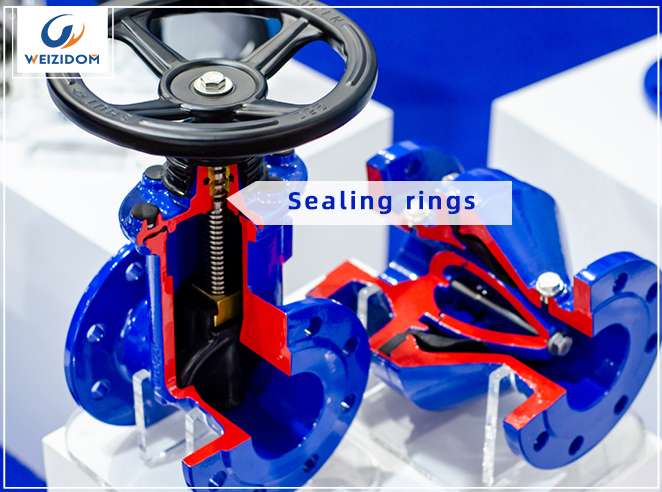
-
The difference between center butterfly valve, double eccentric butterfly valve and triple eccentric butterfly valve
Butterfly valves are widely used. The variety and quantity of its use are still expanding, and are developing towards high temperature, high pressure, large diameter, high sealing, long life, excellent regulating characteristics, and multi-function in one valve.
READ MORE05
2025.02
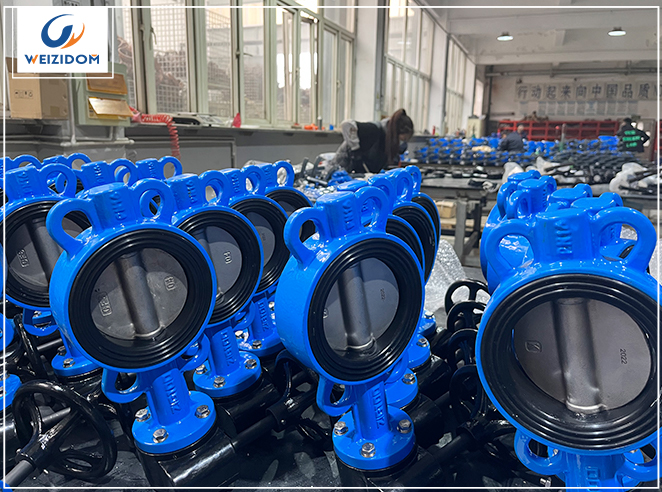
-
Common Issues and Maintenance Guide for Gate Valves
Gate valves are classified as shut-off valves. The gate moves vertically to either block or allow the flow of media in the pipeline. The valve closes by lowering the gate, which relies on the precise contact of sealing surfaces to prevent leakage. When fully open, the flow path is unobstructed.
READ MORE09
2025.01
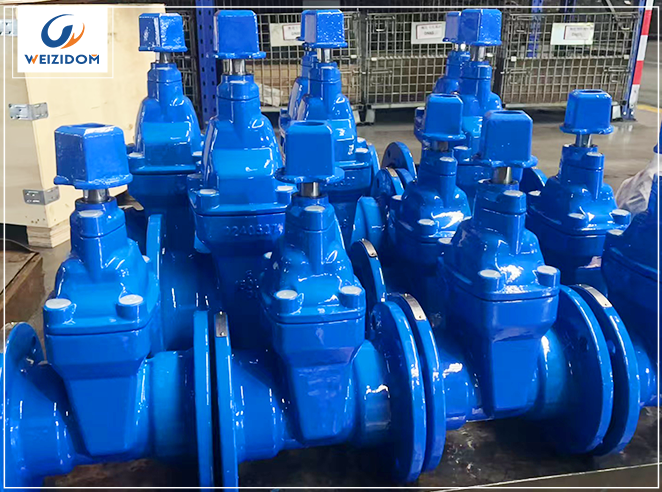
-
Working Principle and Features of Triple Eccentric Butterfly Valves
The design of a triple eccentric butterfly valve involves three key eccentricities
READ MORE07
2025.01
